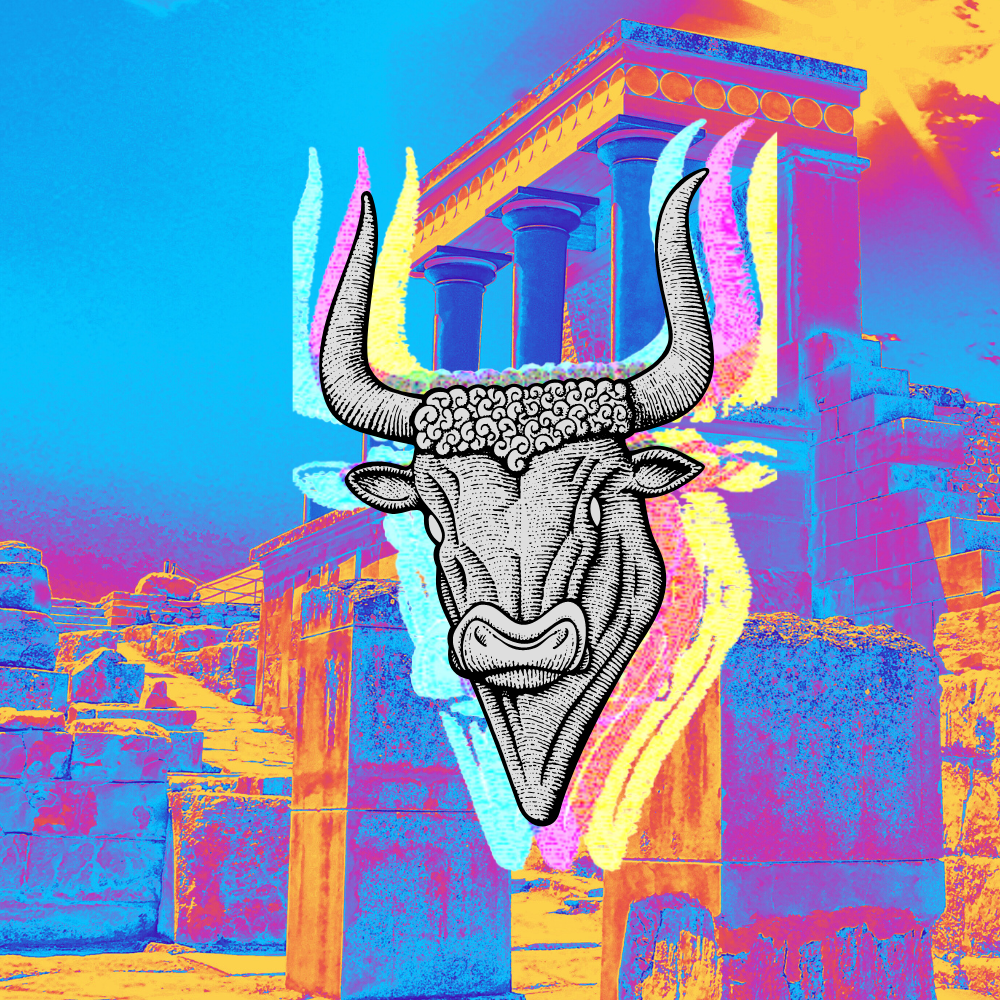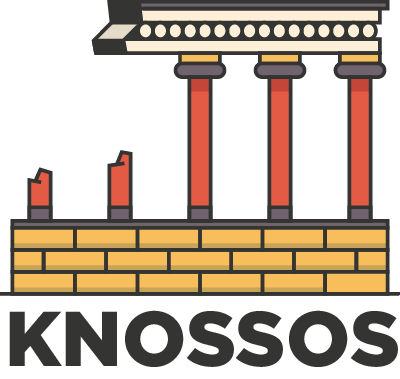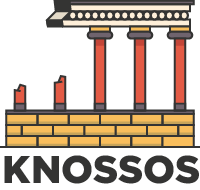
The Sacred Bull in Minoan Culture: An Exploration of Artistic and Ritualistic Significance
Table of Contents
The ancient civilization of Minoan Crete is known for its elaborate art and intricate rituals, many of which revolved around the sacred bull. From pictorial representations to ceremonial axes and ritualistic practices, the bull held a crucial role in the culture’s worldview. In this blog post, we will explore the different ways in which the bull was depicted in Minoan art and visual culture and its significance in the civilization’s rituals.

The importance of bulls in Cretan culture
The bull was an important animal in Cretan culture, with its presence felt in various forms of art and visual culture. Depictions of the animal vary, with some showcasing the bull as a symbol of strength and fertility, while others emphasized its connection to divine power. Horns, in particular, were widely utilized in the consecration of Minoan shrines and palaces, and different types of horns were used as decorative elements.
From seals to frescoes and other visual arts, the bull is a consistent symbol. The animal is often depicted in visually striking ways, with its power and strength emphasised. This is in keeping with the cultural importance attached to the bull in Cretan society. The significance of the bull as a sacrificial animal is well documented, and it is also associated with gods and goddesses from ancient mythologies. Overall, the bull’s popularity in Cretan culture is a testament to its enduring importance and power.
Ceremonial bull sacrifice
Ceremonial axes were also associated with the sacrificial slaughter of bulls, a practice that held great significance in Minoan culture. Bronze ceremonial axes found in Minoan sites showcase their intricate design, with some portraying bulls and other animals as decorative elements. Bulls were also prominently featured in the pictorial decoration of Knossos, with different types of artistic representation, including realistic depictions and stylized renditions.
The discovery of bronze ceremonial axes has piqued the interest of archaeologists and historians. These artefacts could hold clues to the sacrificial slaughter of bulls in ancient civilizations. The intricately designed and decorated axes suggest a significant role in religious rites and ceremonies, possibly used to dispatch sacrificial bulls in a symbolic act of devotion. Uncovering the true purpose and significance of these axes will shed light on the beliefs and practices of our ancestors, providing a fascinating glimpse into the ancient world. The mystery of these bronze axes has sparked the imagination of many, and the quest for answers continues.
Rhyta in ceremonies
Rhyta, a type of vessel with a spout resembling the head of an animal, were used for ritualistic practices such as serving wine and collecting blood from sacrificial animals. Various types of rhyta were utilized in Minoan culture, with some showcasing individualized bull portraits and others depicting bull-leaping, a ritualistic practice that played a significant role in the civilization’s worldview.
Bull-leaping tradition in Minoan Crete
Bull-leaping, in particular, was viewed as an important ritualistic practice that required mastering the wildness of the bull. As such, experts speculate that these performances could have been considered as both a form of entertainment and a way to tap into divine power. Minoan processions, with offerings brought to the altar, were also depicted on sarcophagi, showcasing a diverse range of offerings.
The Horn symbol in Minoan culture
One distinct feature that adorned these structures were the horns, which were used as consecration decorations. These magnificent horns, usually made from the oxen or bulls, were seen as sacred and symbolized strength and power. They were decorated with precious stones and metals and were prominently displayed for all to see. These horns provide us with a glimpse of the Minoan culture and their beliefs that still fascinate archaeologists and historians to this day.
Comparative Study of Bull Worship Across Ancient Civilizations
The veneration of the bull extends far beyond the shores of Minoan Crete, weaving a tapestry of reverence across ancient civilizations such as the Egyptians, Indus Valley, and Mesopotamians. In Egypt, the bull was deified in the form of Apis, embodying fertility, strength, and a direct link to the pharaoh’s divinity. Similarly, the Indus Valley civilization revered the bull for its agricultural significance, seeing it as a symbol of prosperity and earthly bounty.
The Mesopotamians, with their epic tales and myths, honored the Bull of Heaven, a direct representation of divine wrath and protection. This comparative study highlights the universal themes of fertility, strength, and divine connection that the bull symbolized, offering insights into the shared human inclination to attribute sacred qualities to this majestic animal.
The bull held immense significance in Minoan culture, with its presence felt in various forms of art and visual culture. From horns utilized in consecration to ceremonial axes and rhyta for ritualistic practices, the bull played a crucial role in the civilization’s worldview. Bull-leaping and sacrificial practices were considered important in mastering the wildness of the bull and tapping into divine power. Artistic evidence suggests that these practices may have been actual performances, with variations to fit specific periods within Minoan culture. The bull remains a key symbol of ancient civilization, and its role in Minoan culture allows a glimpse into the worldview that shaped this mysterious and intriguing period in human history.




